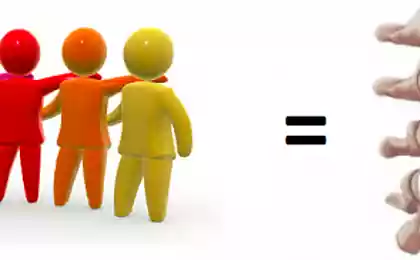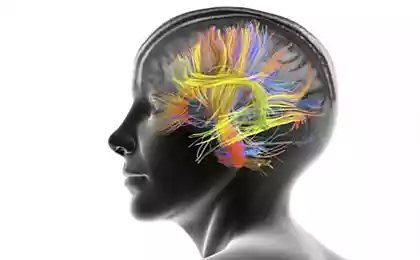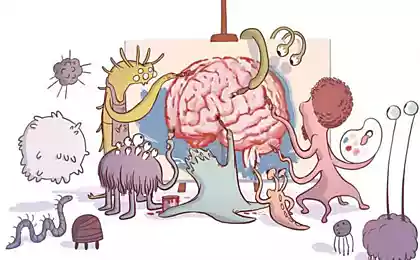168
7 psychological techniques for managing behavior in the team

7 tricks that will change the behavior of any person
How can a leader or leader make changes without resistance? How do you turn a skeptic into an ally? The answers lie in neuroscience and social psychology. We have compiled strategies tested by MIT and Stanford research.
1. Reflection method

Research from the University of New York shows that synchronizing gestures increases trust by 67%. How to apply:
- Repeat the pose of the interlocutor with a delay of 3-5 seconds
- Simulate the pace of speech (but not the pitch of the voice!)
- Use “Language Mirrors”: Pick up keywords
2. Principle of social proof
According to Robert Cialdini, 85% of people follow the majority. Trick: Create an "artificial consensus":
- Post your team’s progress to a shared chat ("73 percent already supported the change")
- Use the stories of the “former skeptic” who changed his mind
3. Technique of incremental commitments
According to the Journal of Personality and Social Psychology:
- Ask for micro-actions first (“Just read the document”)
- After 2-3 days, ask for more ("Let's discuss your ideas on the document")
4. The Benjamin Franklin Effect

Paradox: a person begins to sympathize with those to whom he himself has done good. The algorithm:
- Ask for a small favor ("Help set up a projector")
- Thank you in public ("You couldn't have done it without you").
- In 2 days, offer cooperation in the project
5. “Choice without choice” strategy
Techniques from FBI talks:
- “Do you prefer to start with logistics or customer service? ?
- “We are implementing the system on Thursday or Friday?” ?
6. Neuroplasticity through routines
According to Nature Neuroscience, new habits are formed in 21 days.
- Enter 5-minute daily rituals (“Morning coffee with ideas”)
- Use triggers: color signals, sound reminders
7. The Prometheus Error Method
Psychological phenomenon: people value more what they have invested in. How to use:
- Instruct skeptics to keep minutes of meetings about changes
- Ask critics to make a list of “innovation risks”
Glossary
Neuroplasticity The ability of the brain to form new neural connections.
The Benjamin Franklin Effect The phenomenon of increased sympathy after the provision of services.
Theory of cognitive dissonance Conflict between actions and beliefs.
From partnership to motherhood: How to break the cycle of hyperprotection in a relationship
When and Why to Take Coenzyme Q10: An Expert Guide























